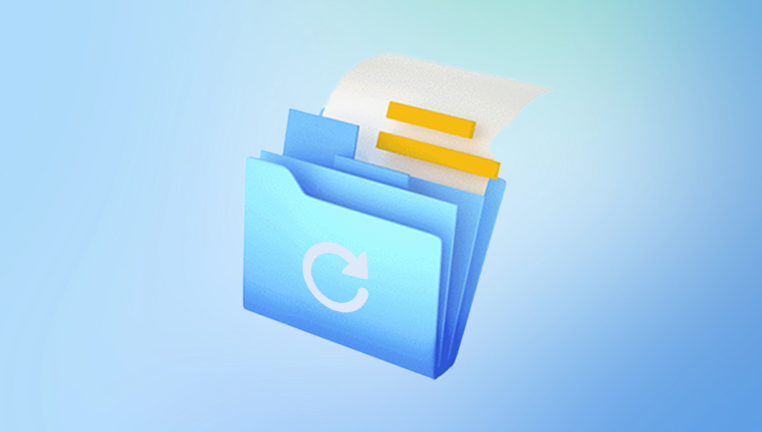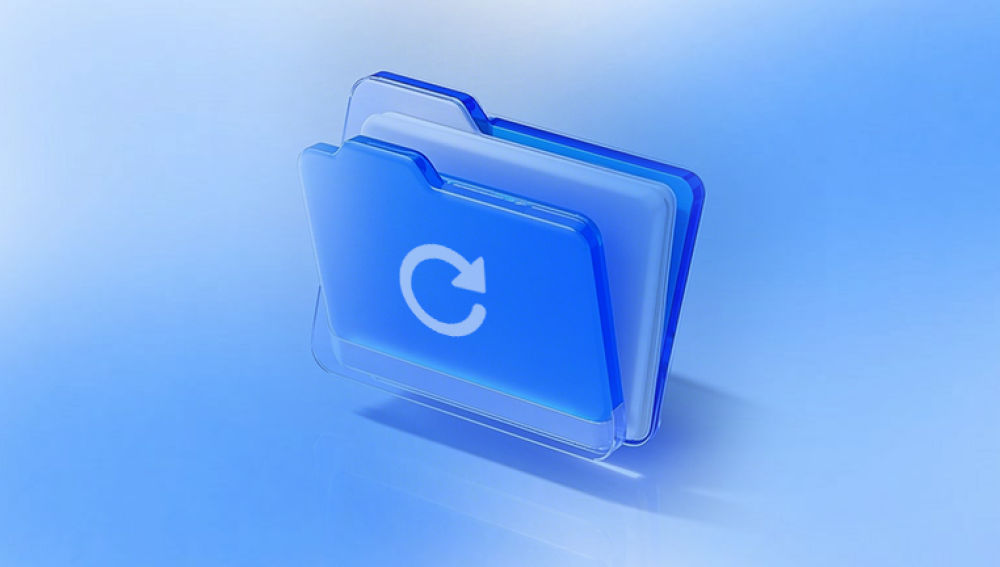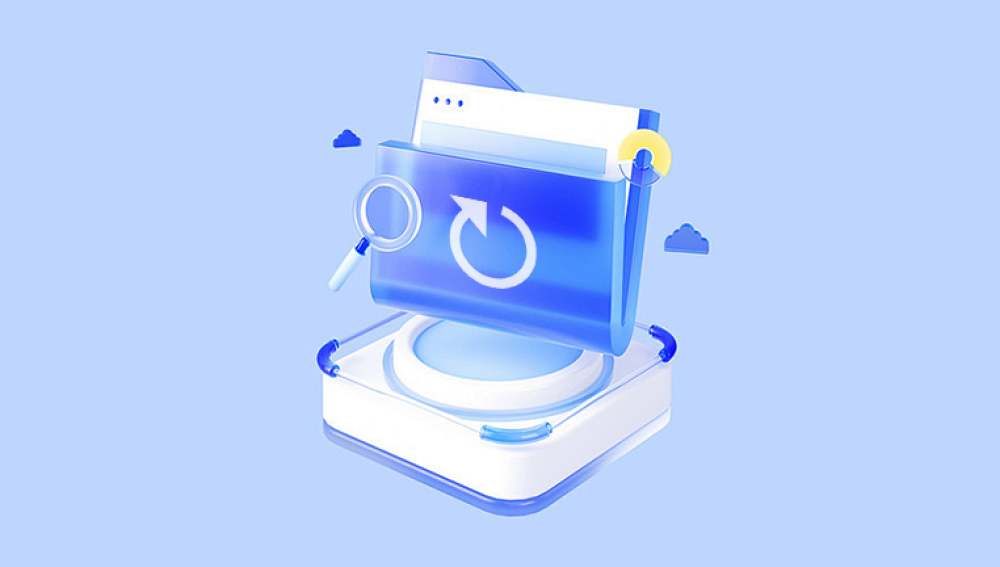Losing a Word document can be a gut-wrenching experience. Whether it was a college paper, a business proposal, or a personal journal, the sudden disappearance of hours or even days of work can send anyone into a panic. But before you assume the worst, there’s good news: deleted Word documents are not always lost forever. In fact, with the right steps and tools, you can often recover your file completely intact.
There are different scenarios of deletion:
Accidental deletion: You pressed "Delete" or "Shift + Delete" by mistake.
Program crash: Word or your computer crashes unexpectedly before you save.
Overwrite: You save over the document with a different version or file.
System update or formatting: Your OS update or disk format wiped files.
Each case may require a slightly different recovery approach.

Step 1: Check the Recycle Bin
The first and simplest place to check is your Recycle Bin (Windows) or Trash (macOS). If the document was recently deleted without using "Shift + Delete," there's a good chance it’s still there.
For Windows:
Double-click on the Recycle Bin icon on your desktop.
Look for the file by name or file type (.doc or .docx).
If you find it, right-click and select Restore. The file will be returned to its original location.
For macOS:
Click on the Trash icon in your Dock.
Search for the Word document.
Right-click and choose Put Back.
If the document isn't in the Recycle Bin or Trash, don’t worry. There are still several recovery methods to explore.
Step 2: Search for AutoRecover Files
Microsoft Word has a built-in AutoRecover feature that automatically saves copies of documents you're working on. This feature is especially helpful if your system crashes or you forget to save.
How to find AutoRecover files:
Open Word.
Go to File > Info > Manage Document > Recover Unsaved Documents (Windows).
Look for your missing file in the list.
If found, open it and Save As to your desired location.
Alternatively, check the AutoRecover file location manually:
On Windows:
C:\Users\[YourUsername]\AppData\Local\Microsoft\Office\UnsavedFiles
On Mac:
~/Library/Containers/com.microsoft.Word/Data/Library/Preferences/AutoRecovery/
If you find a file with a name like AutoRecovery save of Document1.asd, open it in Word and save it as a regular document.
Step 3: Look for Temporary Files
Word often creates temporary files while you're working. These can sometimes be used to recover a lost document.
How to find temporary Word files:
Press Windows + E to open File Explorer.
Search for files with extensions like .tmp or names beginning with ~ (e.g., ~WRLxxxx.tmp).
You can also search for keywords from the document.
If you find a promising file, open it with Word or Notepad to check its contents.
These files are often located in:
C:\Users\[YourUsername]\AppData\Local\Temp
Or your document’s original folder
Although temporary files might not contain your latest changes, they can help retrieve most of your lost work.
Step 4: Check File History (Windows Only)
Windows includes a feature called File History, which automatically backs up versions of your files if enabled.
To restore previous versions:
Navigate to the folder where the document was saved.
Right-click on the folder and choose Restore previous versions.
A list of available backups will appear.
Open each version to find the right one, then click Restore.
If File History wasn't enabled, this option won’t be available. Still, it's a useful future-proofing step to consider enabling now.
Step 5: Recover from OneDrive or SharePoint
If you saved or synced your Word document to OneDrive or SharePoint, Microsoft’s cloud services might have your back.
On OneDrive:
Visit onedrive.live.com and log in.
Navigate to the folder where your file was stored.
Click the Recycle bin on the left sidebar.
Look for your document and click Restore.
OneDrive also keeps version history:
Right-click the file.
Select Version History to restore an older version.
SharePoint has similar recovery and version history features, especially useful for workplace documents.
Step 6: Try Data Recovery Software
Drecov Data Recovery
Losing a Word document can be frustrating, especially when it contains important work, school assignments, or personal notes. Fortunately, Drecov Data Recovery offers a fast and effective solution to recover deleted Word files, even if they were permanently removed from your Recycle Bin or lost due to a crash or formatting error.
Drecov Data Recovery is designed to be user-friendly while offering powerful recovery capabilities. It scans your storage devices thoroughly to locate lost files, including .doc and .docx formats. Whether your document was stored on a hard drive, USB flash drive, SD card, or external device, Panda can help bring it back.
To recover your deleted Word document using Drecov Data Recovery:
Download and install Drecov Data Recovery on your computer.
Launch the software and select the drive where the Word file was located.
Click Scan to begin searching for recoverable files.
Once the scan is complete, use the search function or filter by document type to locate your Word file.
Preview the file to ensure it’s the correct version.
Click Recover, then choose a safe location to save the restored document.
Step 7: Restore from Backup
If you regularly back up your system using tools like Windows Backup, Time Machine (macOS), or third-party services like Acronis or Backblaze, recovery can be straightforward.
For Time Machine (macOS):
Open the folder where the document was saved.
Launch Time Machine from the menu bar.
Navigate to a date when the file existed.
Select the file and click Restore.
For Windows Backup:
Go to Control Panel > Backup and Restore.
Choose Restore my files.
Browse through available backups and restore your lost document.
If you don't already use backup tools, this situation highlights the importance of doing so in the future.
Step 8: Contact IT or Data Recovery Services
For mission-critical or large-scale losses, especially on business or shared systems, professional help may be the safest route. IT administrators often have access to server backups, cloud versioning, and enterprise recovery software.
If you're dealing with:
A formatted drive
A corrupted storage device
Mechanical damage to a hard drive
You may need a professional data recovery service. These companies use specialized tools and clean rooms to recover data, though the cost can be high depending on the complexity.
Tips to Prevent Future Losses
Once you’ve recovered your Word document, take steps to prevent future issues:
Enable AutoSave – If you’re using Office 365. save documents to OneDrive and enable AutoSave.
Save frequently – Use Ctrl + S regularly while working.
Use cloud storage – Services like OneDrive, Dropbox, or Google Drive keep backups and versions.
Enable File History – This provides automatic backups of your personal files on Windows.
Set AutoRecover to a shorter interval – Go to Word’s Options > Save and set AutoRecover to 2-5 minutes.
Use Time Machine (Mac) – Ensure it’s backing up regularly.
Keep a manual backup routine – Use an external drive or USB stick to periodically save critical files.
Being proactive is the best way to ensure you’re never caught off guard again.




